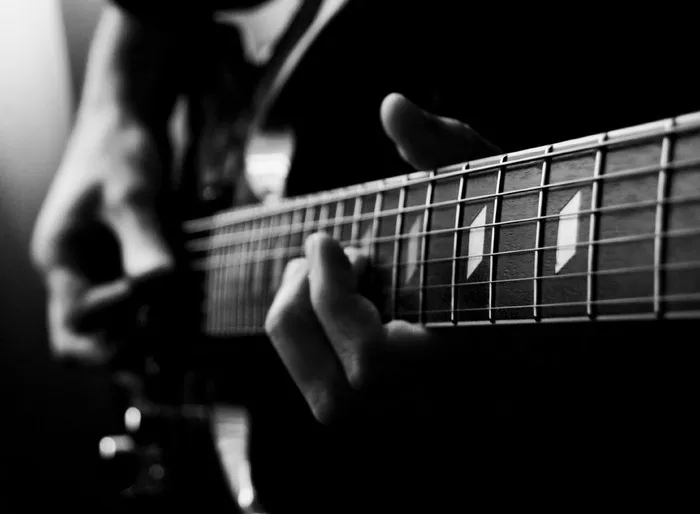Mixing engineers George Lever and Forrester Savell, recognized for their work with top names in modern metal, emphasize that recording guitar tracks requires more thought than many might assume.
Both Lever and Savell represent a new generation of engineers who grew up in a different era of music production and distribution. Today, aspiring musicians can achieve impressive results with minimal investment and the right guidance.
In a recent feature for Guitar World, the duo, known for their work with Sleep Token and Tesseract, offered valuable insights into guitar recording. Lever noted the importance of understanding the instrument holistically rather than just knowing how to play it.
“There’s an assumption that recorded guitar should sound like MIDI,” Lever explained. “But this overlooks various factors, such as the setup of different guitars, string tension in relation to tuning, and how the left hand affects microtonal changes.”
He added, “Before hitting record, it’s crucial to become intuitive about what you want to achieve with your instrument.”
Tune by Ear, Not with Tuners
Interestingly, Lever advises against using a tuner. Instead, he recommends tuning to a piano by ear. He stated, “[Tuners] don’t account for variations that may occur during the pick attack or sustain. Tuning to a piano note allows you to hear how in tune you are relative to the piano—this is why orchestras tune to each other.”
Prioritize Safety in Recording
Savell suggested an effective safety measure for achieving quality guitar tones. Rather than recording directly from the amp into your digital audio workstation (DAW), he recommends using a direct input (DI) method. He said, “As a safety mechanism, you should record your guitars with a DI to preserve your tone for later adjustments.”
While some may prefer the vintage sound of a tube-driven amp, Savell advocates for a clean approach when recording at home, allowing for flexibility with reamping or plugins later.
Avoid Clipping
Lever also highlighted an important tip for guitarists before recording into an audio interface: “Play the loudest sound you can make on the guitar without causing clipping on the preamp, then dial it back one notch.”
When it comes to recording, Savell encourages musicians to use any sound they find comfortable. “Always record with a guitar tone you like,” he advised. “This not only ensures comfort but also provides mixing engineers a reference point for creating new tones.”


